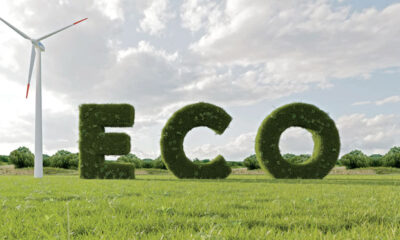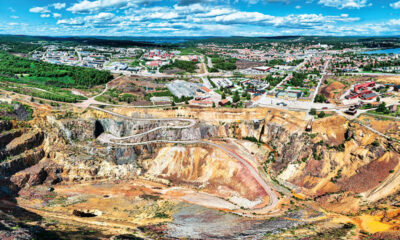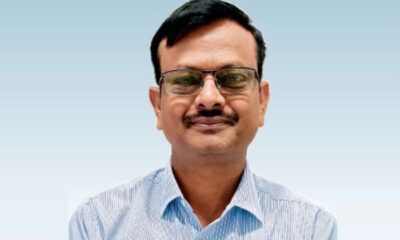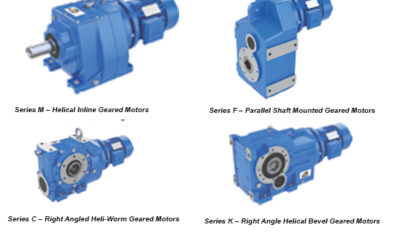ICR presents a case for responsible reporting across the mining supply chain.
The importance of mining, in times of sustainability reporting, is rising in stature. The rise of mining output is not waning but growing and the share of construction mineral ore in all of this still remains close to 50% of the entire extractive output.
It is estimated that the global combined extractive output in mining is going to grow to 167gt in 2060, from the 2019 statistics of 92 gt. Out of this 27% is biomass, 15% is fossil fuel, 9% is metal ores and the balance is non-metallic minerals, bulk of which goes to the construction industry. While sustainability considerations would be driving most of the future growth, most notably, metals will be needed for electric storage batteries (eg. for electric cars), which require aluminium, cobalt, iron, lead, lithium, manganese and nickel but also for other relevant technologies, including those used for the production of wind turbines and solar panels; far greater amounts of metals are needed for clean energy production than the traditional energy production from fossil fuels. Thus the growth in metals for sustainability will offset the drop in extraction that would stem from growth in recycling.
An overview of the mining sector
Mining for non-metallic minerals, from where the construction industry sources all its inputs, perhaps falls under the ASM (artisanal and small-scale mining), which has still remained labour intensive and suffers from safety issues all across, the developed world and developing, all have the similar challenges to grapple with. Efforts to increase automation, mechanisation and digitisation also come with the fair share of demands from the local community, which can hardly be neglected. While Large Scale Mining (LSM) is moving towards mechanisation and automation with minimum labour resources, the focus is increasingly shifting towards partnerships on supply chains that connect local procurement partners and the community at large to the external markets.
One of the significant developments has been the shift towards battery-electrification of mobile equipment in the mines to the complete automation of all mining equipment with Net zero targets in focus. There are man-less mines in existence already where underground operations are being orchestrated through battery-electric equipment remotely connected through control systems. The partnerships between mining companies and the mining equipment OEMs is ensuring a smooth transition in this area that will take the use of fossil fuels in mines to a negligible proportion (mostly as consumables) in the near future. This however calls for a skills inventory crossover, that would need larger hand holding with the local government and other institutions as well as the local communities.
Sustainability in mining
The goals of sustainable development in mining would include transparency as a key theme between a large pool of actors that constitute and connect the upstream to the downstream supply chain partners (supplier, trader, smelter refiner, component producer, contract manufacturer, end user, intermediaries, agents and transporters). This would also entail collaboration with governments and across the supply chain to support a circular economy to minimise inputs to waste from the mining process and to increase the reuse, recycling and repurposing of raw materials and products to improve sustainable consumption. The traceability systems also ensure that the level of information that is shared and disclosed along the value chain. They illustrate the chain of custody, which is the sequence of stages and custodians the product is transferred to through the supply chain.
The transparency of reporting across the entire supply chain is at the core of this and this has two parts:
- Minimise resource use and waste (use of water, energy, land and chemicals and minimise production of effluent, waste and chemicals) and also purpose waste rock
- Incorporate life cycle thinking (extend responsible sourcing to all suppliers and collaborate to connect the consumer with sustainable raw materials).
India-centric big picture
India as a country has progressed well in SDG Reporting and Sustainable Development in the mining sector that accounts for 2.5% of the country’s GDP. Many of the key companies of the sector are SOEs. India is abundant in natural mineral resources and the country is one of the world’s main producers of iron ore and bauxite. India is the third largest producer of coal, behind the US and China. In construction related extractive minerals, India is the world’s second largest producer. Section 135 of India’s Companies Act on CSR and Regulation for large public companies to produce Business Responsibility Reports, makes it imperative for Large Mining companies (both metallic and non-metallic extractive ones) to be part of the SDG reporting, that cover diverse range of sustainability areas including GHG gas emissions, energy use, stakeholder engagement and labour and human rights.
In 2011, the Indian Ministry of Corporate Affairs issued the National Voluntary Guidelines on the Social, Environmental and Economic Responsibilities of Business (NVGs). Building on the NVGs, a new guidance entitled the National Guidelines on Responsible Business Conduct (NGRBC) was released in 2018. The new guidance integrates the ‘Respect’ pillar of the United Nations Guiding Principles and the UN Sustainable Development Goals.
Following other countries, India is also on the path of developing sustainability guidelines for the end-to-end supply chains in the mining sector. This will only ensure stakeholder participation for safety and sustainability in all four stages: profiling, reservation, exploration and departure. For future growth in mining, that will entail coal, iron-ore, bauxite and limestone extraction as the top four mining categories, it is an absolute necessity that focus on SDG reporting is carried through beyond the voluntary reporting mandate to encompass the aspirations of the communities and investors who would be the major beneficiaries of such initiatives. Without their blessings, the growth in these sectors would be mired by distrust and lack of transparency, which remains to be one of the dampeners for sustainable growth in mining.
–Procyon Mukherjee


 Uncategorized3 weeks ago
Uncategorized3 weeks ago
 Concrete4 weeks ago
Concrete4 weeks ago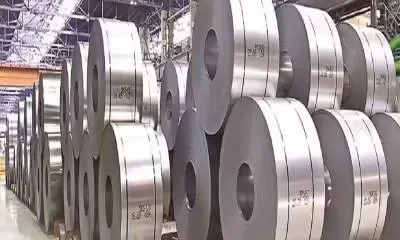
 Uncategorized3 weeks ago
Uncategorized3 weeks ago
 Uncategorized3 weeks ago
Uncategorized3 weeks ago

